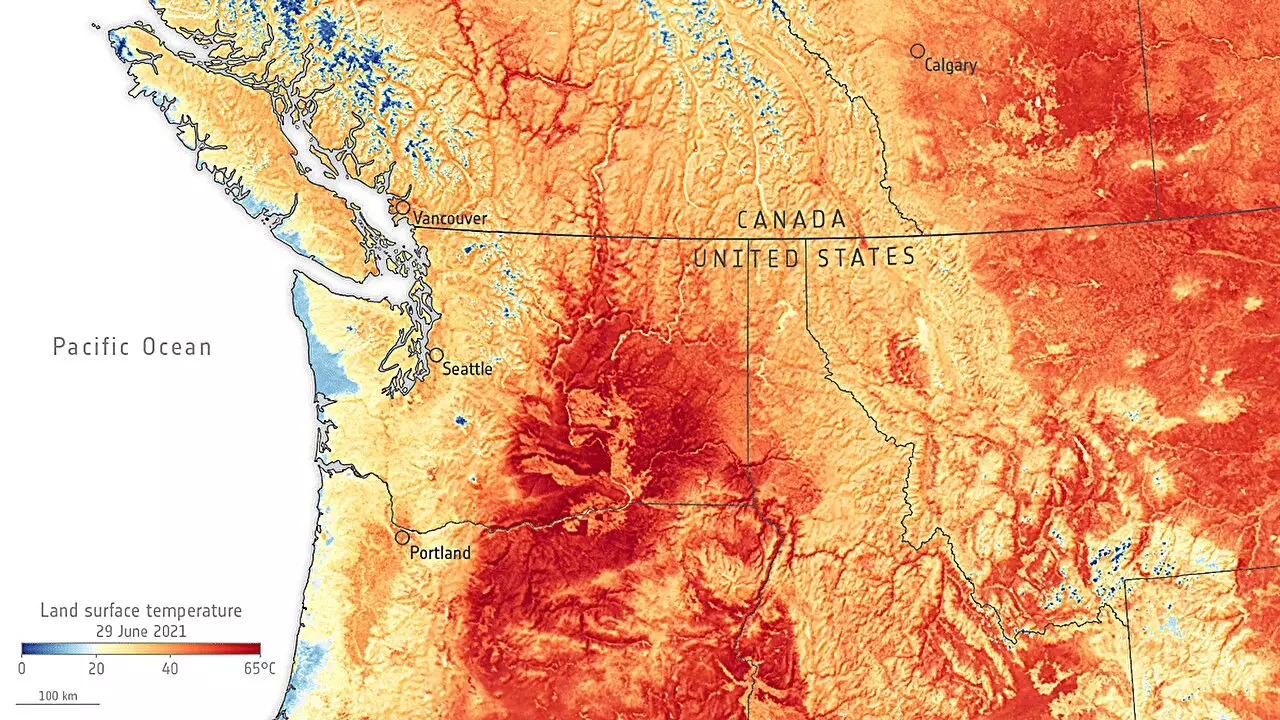Weather forecasting has long been a challenging endeavor for meteorologists, primarily due to the inherently chaotic nature of the atmosphere. Traditional forecasting methods typically provide insights only up to ten days in advance due to the unpredictability stemming from small variations in atmospheric conditions. This limitation can significantly hinder communities’ preparedness for extreme weather events, such as the devastating heat wave that struck the U.S. Pacific Northwest in June 2021. This intense heat melted rail infrastructure, destroyed crops, and tragically resulted in numerous fatalities. The urgency for improved forecasting methods has never been more palpable.
Meteorologists often rely on adjoint models to gauge how sensitive their forecasts are to minor discrepancies in initial conditions. These models track how variations in parameters like temperature or humidity can influence the accuracy of future forecasts. By analyzing this sensitivity, scientists can iteratively adjust initial conditions to refine their predictions. Despite their effectiveness, adjoint models have their drawbacks: they demand substantial computational resources and can typically only forecast with precision for five days ahead. The need for a more efficient methodology is clear, especially as climate change increases the frequency and severity of extreme weather events.
In a groundbreaking shift, researchers have explored the capabilities of deep learning as a superior alternative for weather forecasting. A study published in the journal Geophysical Research Letters investigated whether this innovative approach could optimize initial conditions for longer-range forecasts. The research involved creating forecasts for the notorious June 2021 heat wave using two advanced models—Google DeepMind’s GraphCast and Huawei Cloud’s Pangu-Weather. By running these models independently and comparing them to actual weather outcomes, the research team sought to establish the efficacy of deep learning in this context.
The results were nothing short of transformative. By employing the deep learning framework to ascertain optimal initial conditions, the GraphCast model demonstrated a staggering 94% reduction in errors for ten-day forecasts. Remarkably, this achievement was mirrored by similar results in the Pangu-Weather model. The implications of these findings extend beyond immediate accuracy; researchers noted that the deep learning method enabled effective forecasting as far as 23 days in advance. This capability could dramatically enhance preparedness for severe weather scenarios, allowing communities more time to respond adequately.
The advent of deep learning in meteorology represents a pivotal moment in the field. By harnessing the power of advanced algorithms to analyze vast datasets, meteorologists can break through the traditional limitations of forecasting. As our understanding of atmospheric dynamics and machine learning continues to grow, the potential exists for even further enhancements in prediction accuracy, timing, and reliability. This innovation not only promises to bolster individual and community resilience against extreme weather but also marks the dawn of a new era in meteorological science. As we embrace these advancements, the hope is that communities will be better equipped to navigate the challenges posed by a changing climate.


Leave a Reply